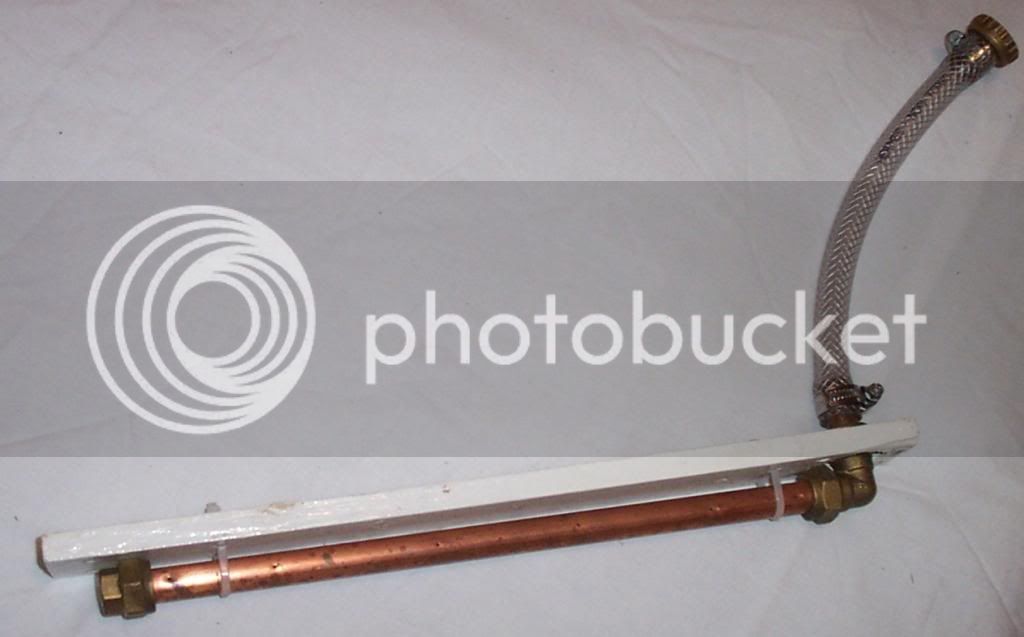I got my yeast starter going and have been looking forward to having a go at my first AG brew having just made a shiny new boiler and noticed the sight glass was leaking when I filled it to check the dead space.
I tightened it up a bit and noticed the rubber seal didn't look quite right and it seems the actual see through tube was made of something incredibly flimsy and just snapped clean off.
I've now got a hole and no sight glass and no way to do the brew unless I think of something quick.
I tightened it up a bit and noticed the rubber seal didn't look quite right and it seems the actual see through tube was made of something incredibly flimsy and just snapped clean off.
I've now got a hole and no sight glass and no way to do the brew unless I think of something quick.




